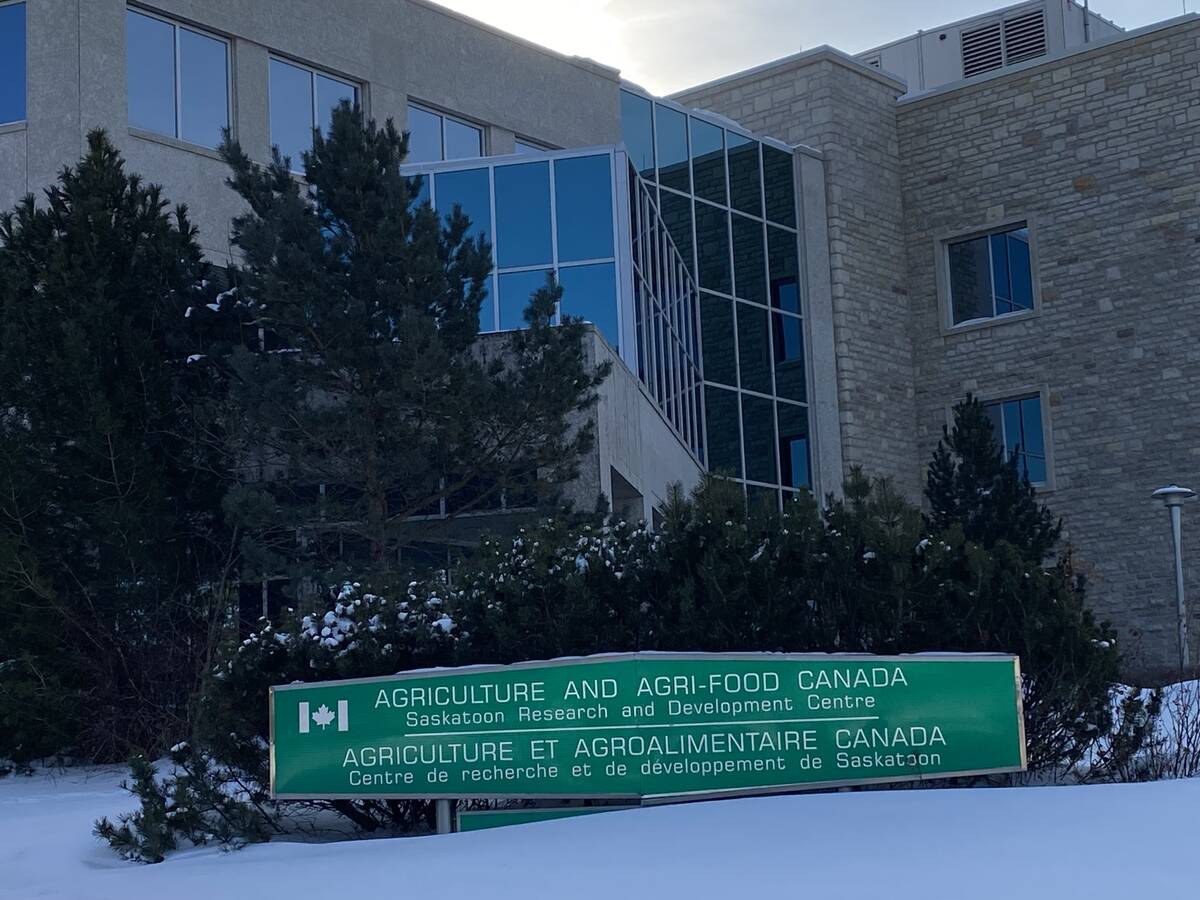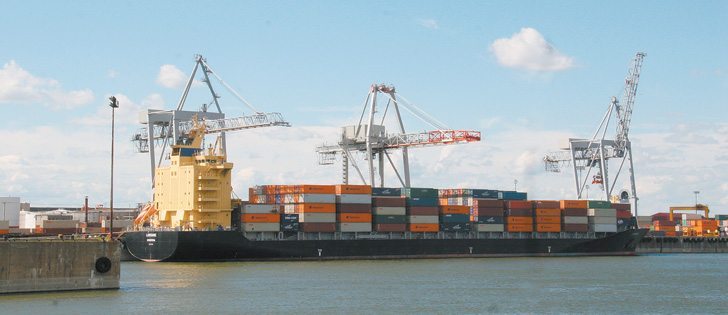The success of canola is having ripple effects throughout the western Canadian grain industry.
As producers, we often complain about the exorbitant price of canola seed. Farm-saved seed still dominates in most other crops, but with canola you need to buy seed each year. At $10 to $12 a pound, or $50 to $60 an acre, it’s a significant cost.
While we complain, we buy it anyway because canola has the best profitability potential of any major crop. The new hybrid varieties are delivering improved yields over a wide range of conditions. As well, weed control is a snap because of the various herbicide tolerance systems.
Read Also

Don’t undermine the backbone of agriculture
Agriculture Canada and the dedicated public servants who work every day to support Canadian agriculture are a crucial pillar of the sector and they need support — not austerity.
Old crop prices have been higher than $14 a bushel and new crop has been in the $12.50 range. Domestic crushers are competing against the export market for supply.
This spring, canola acres will increase in both traditional and non-traditional growing regions. The crop will dominate the landscape like never before.
It’s clear that prairie acreage will set a new record, with analysts anticipating 20 to 22 million acres. By the time this is published, the April 24 seeding intentions report from Statistics Canada will be out.
The burgeoning canola acreage is coming at the expense of other crops. This is particularly true with flaxseed.
Canada has all but lost its major flax market because of minute contamination with the GM variety Triffid. EU countries that previously relied on Canada are now buying their flax from countries such as Kazakhstan, where a single grower is reported to have planted more than 100,000 acres last year.
But this doesn’t actually account for the dramatic decline in Canadian flax acreage. China has stepped up and is buying all the flax Canada can supply. Flax prices are in the range of $14 a bushel, with new crop prices are not far behind.
That’s extremely attractive, but with canola typically yielding much better, flax is not poised for a significant acreage increase. Canola pencils out with a higher net return.
Mustard, another oilseed, is also having trouble competing with canola returns, but it isn’t just oil-seeds that are affected. The popularity of canola will limit the acreages of wheat, oats and almost every other cropping option.
While other crops may see a small rise in acreage because more land will be seeded this year, those increases would have been higher without the canola tidal wave.
You can’t blame growers for wanting to maximize returns, but there are unintended consequences. Lower production in crops such as flax, oats and mustard will reduce the producer check-off money collected for research projects. The Saskatchewan Flax Development Commission recently increased its levy deduction to compensate for declining revenues.
Long-term markets may also be affected. Western Canada, particularly Saskatchewan, has enjoyed a dominant position in some crops in the world market, particularly flax, canaryseed, mustard and durum.
If we don’t grow enough of those crops to satisfy demand, you can be sure that other countries will nab the opportunity. This has already happened with flax and to a lesser degree with mustard.
The biggest worry is with disease. Will the tightening of canola rotations cause clubroot to spiral out of control? Will the blackleg resistance bred into the crop break down? Are we shooting the goose that’s laying the golden egg?
What’s good in the short term isn’t always the right choice for the long term.














